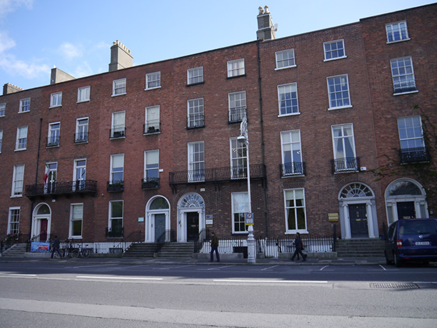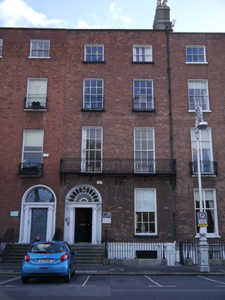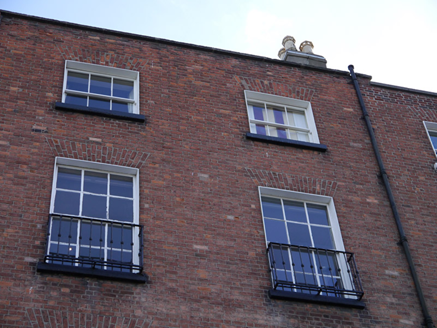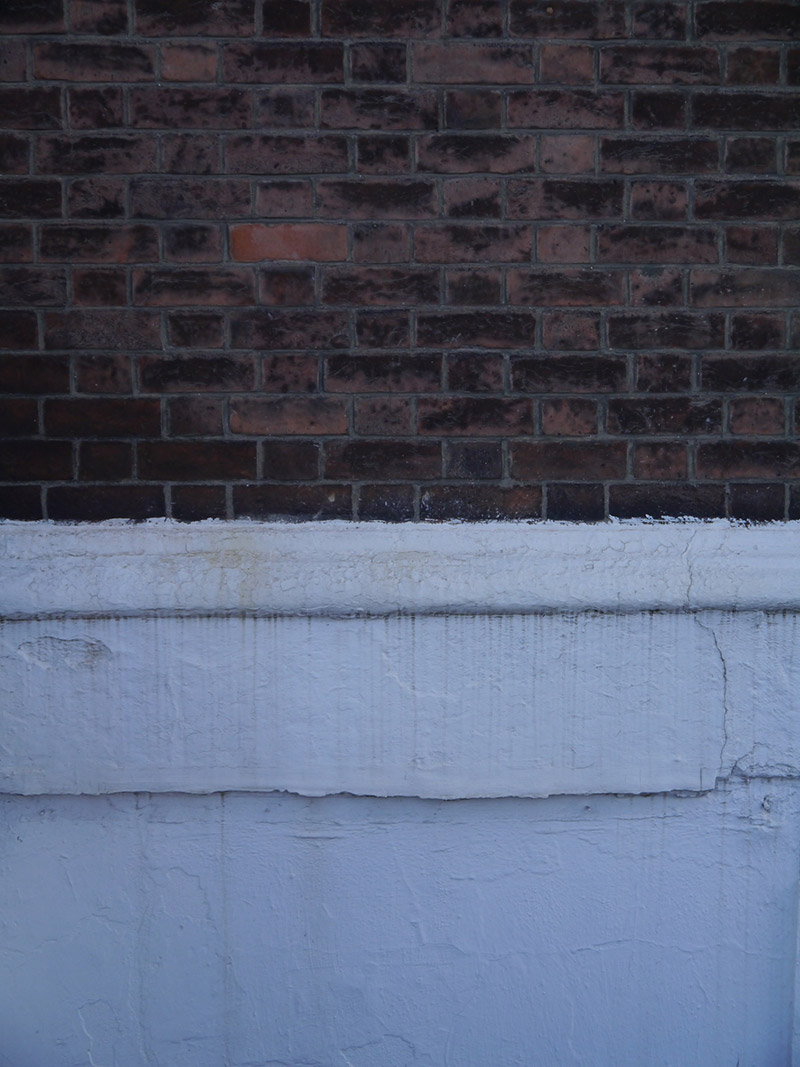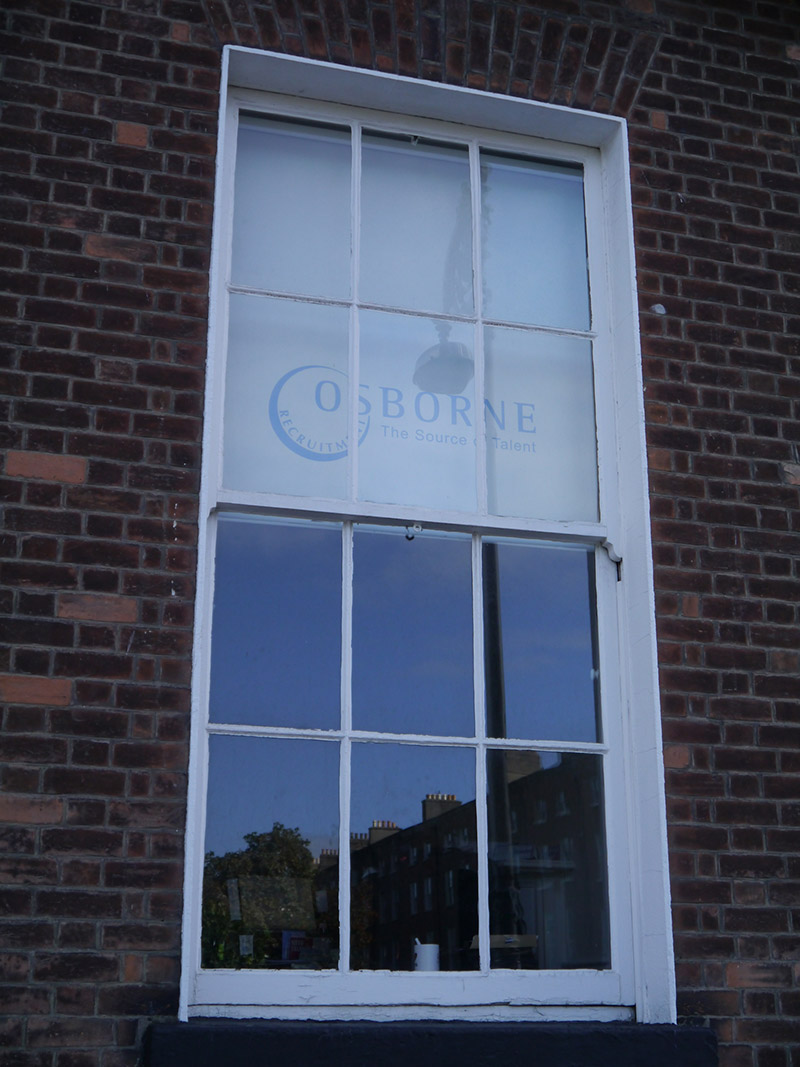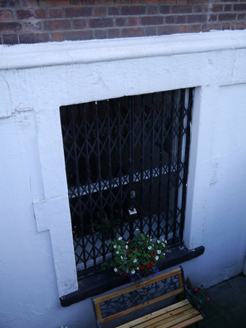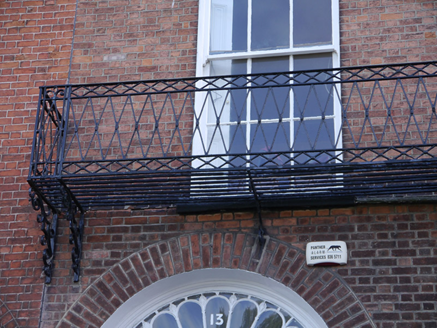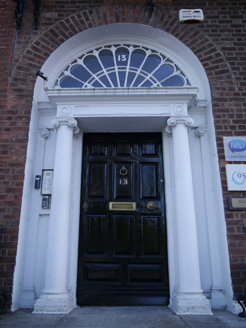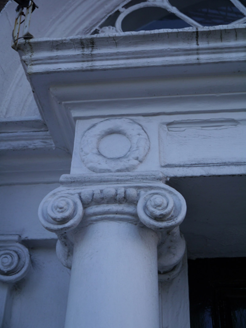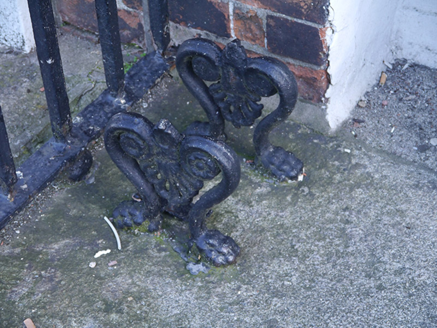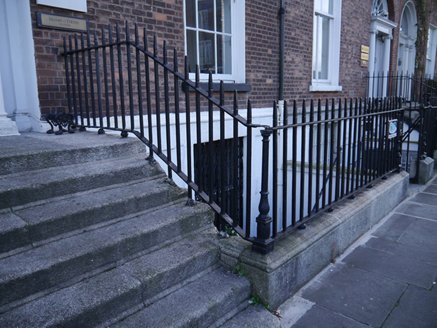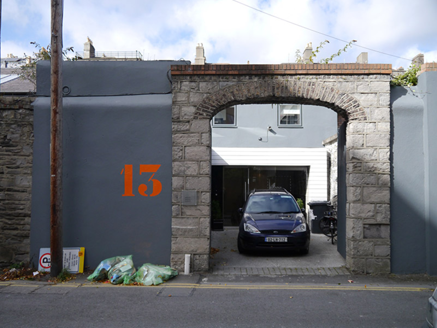Survey Data
Reg No
50930124
Rating
Regional
Categories of Special Interest
Architectural, Artistic
Original Use
House
In Use As
Office
Date
1800 - 1820
Coordinates
316568, 233001
Date Recorded
24/09/2015
Date Updated
--/--/--
Description
Attached two-bay four-storey over basement former townhouse, built c. 1810, as a pair with adjoining building to south (50930125). Two-stage extension to rear. Now in use as offices. M-profiled slate roof, hipped to north, concealed by brick parapet with granite coping, pair of shouldered rendered chimneystacks to south party wall with octagonal yellow clay pots. Parapet gutters. Red brick walling laid in Flemish bond over rendered basement walls beneath granite stringcourse. Square-headed window openings with brick voussoirs, patent reveals and masonry sills, with granite reveals to basement. Cast-iron balconettes to second floor openings, continuous cast-iron balconette to first floor opening and metal shutters affixed to basement opening. Largely six-over-six sliding timber sash windows, having profiled horns to ground and first floors, three-over-three to third floor with convex horns and one-over-one to basement. Some Wyatt-style windows to rear (east) elevation. Round-headed door opening with brick voussoirs and reveals, recessed doorcase comprising; rendered engaged Ionic pilasters flanked by matching respond pilasters with prostyle portico on Ionic columns supporting panelled frieze and moulded cornice with decorative iron fanlight and moulded archivolt over a raised-and-field timber panelled door with brass furniture. Granite entrance platform with cast-iron boot scrapers, approached by seven granite steps flanked by iron railings with decorative corner posts over granite plinth, enclosing basement to south-side. Coal-hole cover to pavement. Street fronted on Fitzwilliam Square East. Two-storey modernised (or replacement) mews building to rear plot. Rendered boundary wall lining Lad Lane, pierced by elliptical-headed carriage-arch with brick voussoirs, rock-faced coursed limestone surrounds and brick coping over steel gates.
Appraisal
No. 13-14 were the first houses to be erected on the east side of the square, in the period 1807-15 and characterised by very handsome doorcases. The vast majority of houses on the eastern side of the square were completed between 1816-22. Although largely homogeneous in character and form, the subtle variations between terraces are indicative of the speculative nature of the square’s development. Well-retained, No. 13 forms part of a relatively intact late-Georgian streetscape. Laid out in 1791 by the surveyors J & P Roe, Fitzwilliam Square was the last of the city’s Georgian squares to be completed. Development was staggered, progressing slowly until after the Napoleonic Wars.
